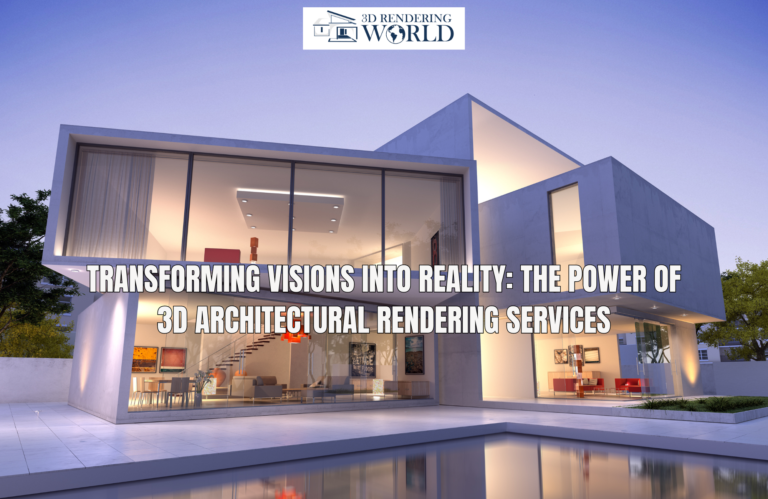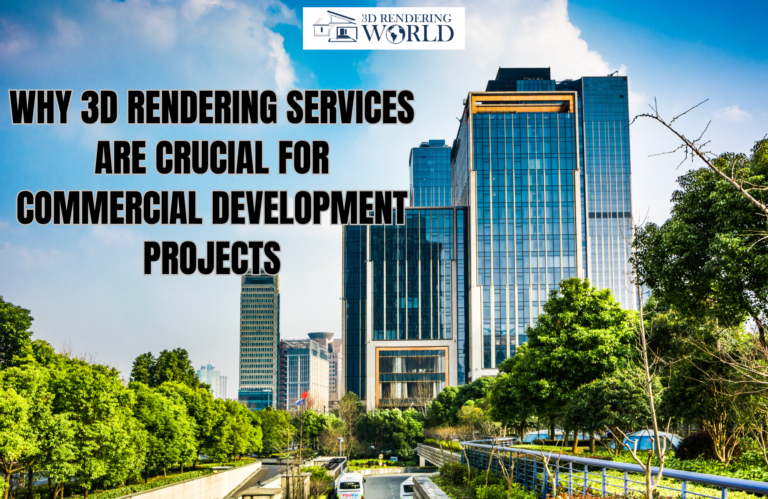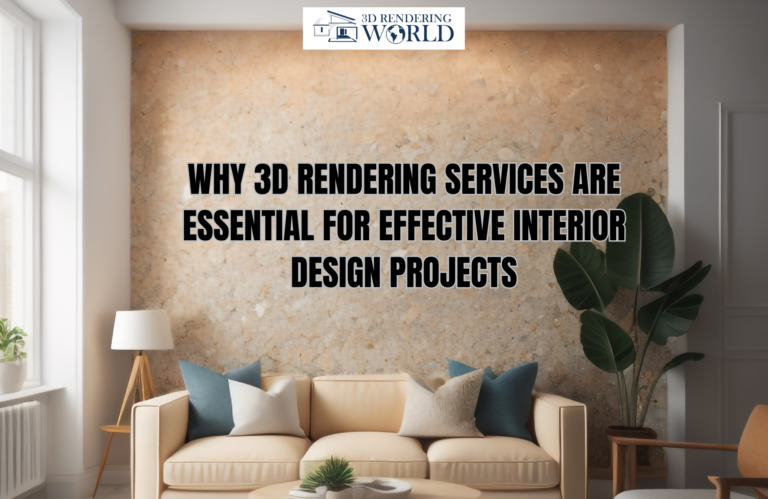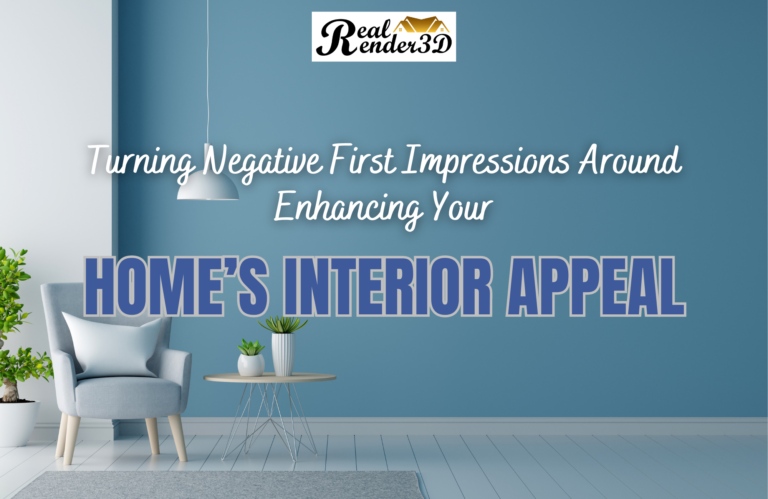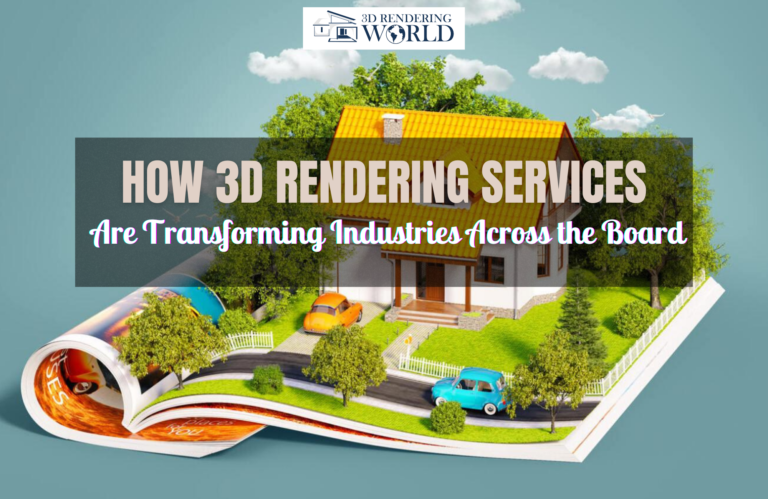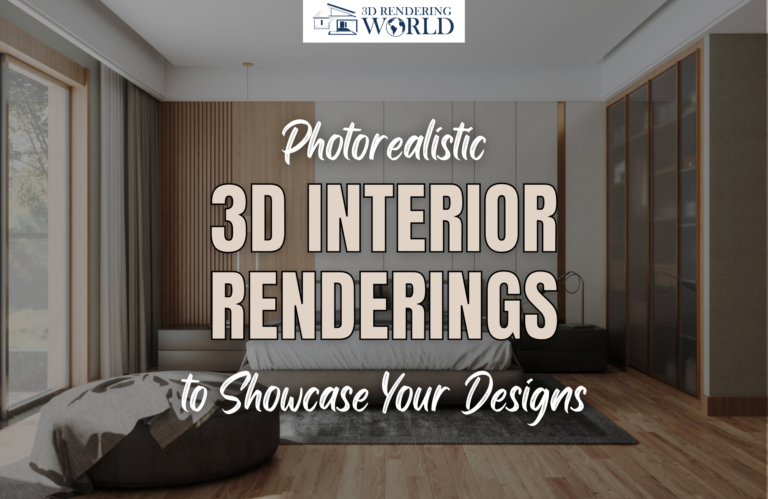Introduction
I’ve seen many trends come and go, but none have revolutionised the way we work quite like 3D rendering services. This technology lets us show exactly what a space could look like before we even start decorating or building. It’s like having a magic wand that turns ideas into pictures everyone can see and understand.
The Basics of 3D Rendering in Interior Design
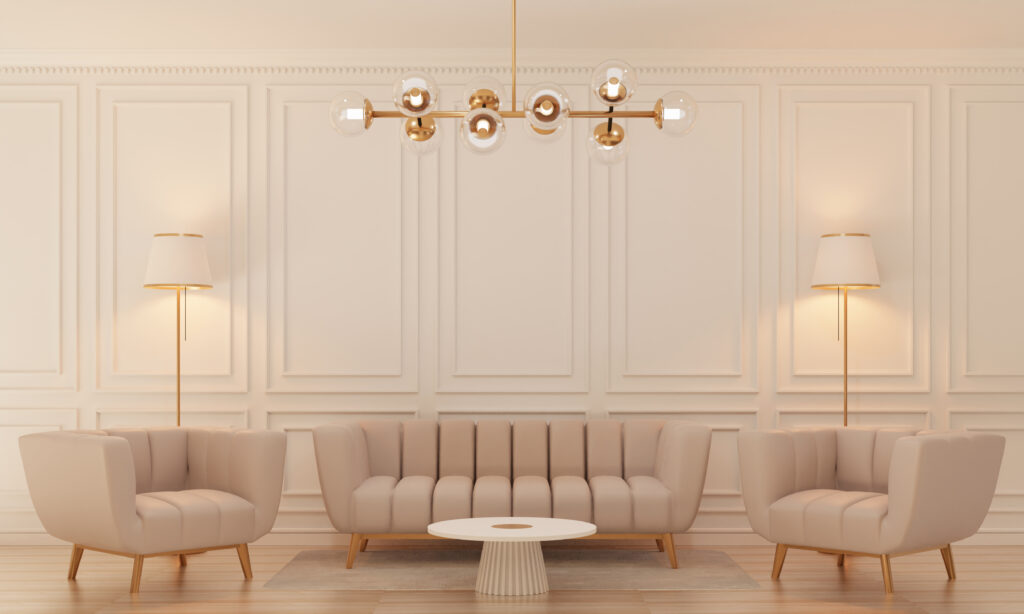
3D interior rendering services have become an indispensable part of the interior design process. They allow us to create detailed and realistic images of how a room could look, down to the smallest detail. This isn’t just about making pretty pictures; it’s about creating a vision that clients can see and understand. 3D architectural interior rendering services bridge the gap between a designer’s concept and the client’s expectations, ensuring we’re all on the same page.
Streamlining the Design Process
One of the most significant benefits of 3D rendering is its ability to streamline the design process. In the past, we relied on sketches and physical models to present our ideas. Now, 3D home design software lets us quickly adjust and refine designs based on client feedback. This flexibility speeds up the decision-making process and makes it easier to experiment with different layouts, materials, and color schemes.
Improving Communication with Clients
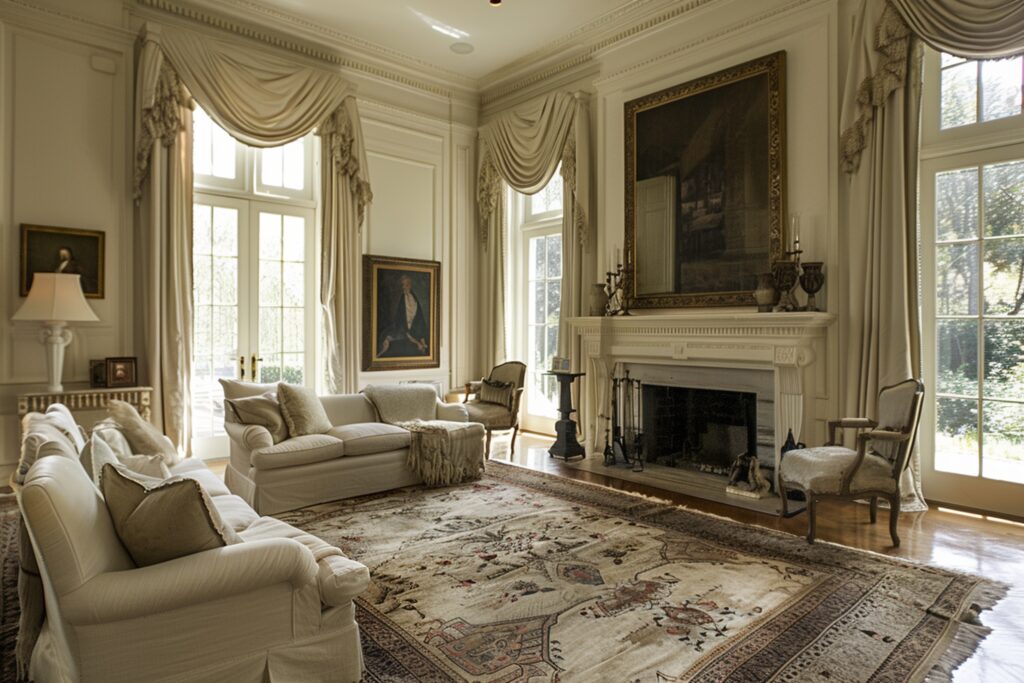
Effective communication is key in interior design, and 3D interior rendering has transformed how we interact with our clients. By presenting them with lifelike renders, clients can immediately grasp how their space will look and feel. This visual communication tool helps manage expectations and significantly reduces the need for changes during the construction phase, saving both time and money.
Enhancing Creativity and Experimentation
With 3D rendering services, the only limit is our imagination. We can experiment with lighting, textures, and an entire palette of colors to create different moods and atmospheres. This creative freedom allows us to push boundaries and explore options that we might not have considered with traditional design methods.
Integration with Other Design Tools

The power of 3D rendering is amplified when combined with other technologies like Virtual Reality (VR) and Augmented Reality (AR). These tools offer immersive experiences that can take client presentations to the next level. For example, 3D floor plans and 3D architectural rendering can be integrated into VR applications, allowing clients to walk through their future spaces before any physical work begins.
Case Studies: Successful Applications

Project 1: Luxury Residential Property
Challenge: The client couldn’t visualize the proposed luxury finishes from flat floor plans and material samples alone.
Solution: By employing 3D interior rendering services, we created detailed visuals showcasing high-end materials, custom furniture, and sophisticated lighting design. The renderings allowed the client to see the potential of their space, leading to quick approval of the design concepts.
Outcome: The project was completed to the client’s satisfaction, with the final interior exceeding their expectations, mirroring the initial 3D renders almost exactly.
Project 2: Commercial Office Space
Challenge: The project had a tight timeline and budget, with little room for error or changes once construction began.
Solution: Utilizing 3D architectural rendering and 3D floor plans, we could experiment with different layouts and designs quickly, identifying the most cost-effective and efficient use of space.
Outcome: The project was completed on time and within budget, with the 3D renders helping to avoid costly mid-construction changes.
Overcoming Challenges in 3D Rendering
Common Obstacles are:
- Client Misinterpretation: Sometimes, clients might misinterpret renderings or have difficulty understanding the scale and spatial relationships.
- Technical Limitations: High-quality renders require powerful computing resources and specialized software.
Solutions and Tips:
- Clear Communication: Use 3D renders as a starting point for discussions, ensuring clients fully understand what they are seeing.
- Stay Updated: Keep software and hardware updated to take advantage of the latest 3D rendering advancements.
- Efficient Project Management: Incorporate feedback loops and revision phases into the project timeline, allowing for adjustments based on 3D renderings.
Future Trends in 3D Rendering for Interior Design
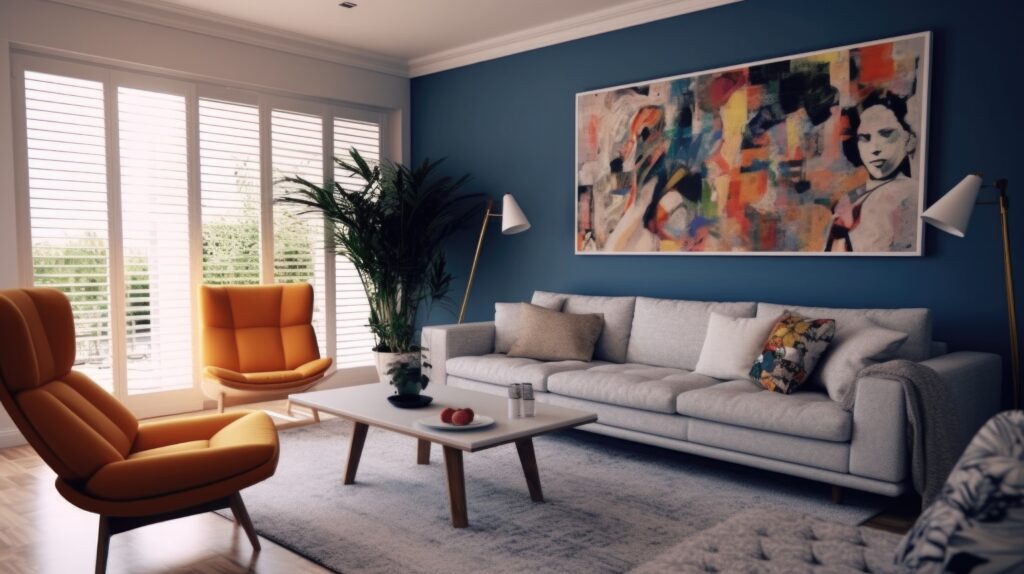
Emerging Technologies:
Virtual Reality (VR) and Augmented Reality (AR): These technologies are becoming more accessible, allowing designers and clients to walk through virtual spaces, enhancing the design and approval process.
Artificial Intelligence (AI): AI is starting to play a role in generating more accurate and lifelike renders faster, reducing the time needed to create complex visuals.
Predictions:
- Increased Integration: 3D rendering will become even more integrated into the design process, with real-time rendering becoming standard practice.
- Greater Accessibility: Advances in technology will make sophisticated 3D rendering services more accessible to smaller firms and independent designers.
- Sustainability Focus: Future 3D renders will increasingly include sustainable design elements, reflecting a growing emphasis on eco-friendly practices in interior design.
3D rendering services have proven to be a game-changer in the field of interior design, providing valuable tools for visualization, planning, and communication. As technology advances, these services will continue to evolve, offering even more opportunities for innovation and creativity in design projects.
Conclusion
As I reflect on my career, it’s clear that 3D rendering services have had a profound impact on interior design. They’ve not only enhanced how we work and communicate but also opened up new possibilities for creativity and innovation. For anyone involved in design or architecture, embracing these technologies is no longer optional; it’s essential for staying competitive and meeting the ever-evolving expectations of our clients.
Frequently Asked Questions
They're digital services that create realistic images of interior spaces before they're physically built or renovated, helping designers and clients visualize the final design.
It allows designers to showcase design concepts in detail, making it easier for clients to understand and approve plans, and helps in planning and executing design ideas accurately.
Yes, identifying potential design issues early, reducing the need for changes during construction, and helping clients make decisions faster, it can significantly cut down costs.
Traditional presentations often rely on 2D drawings and material samples, while 3D interior rendering provides a realistic, three-dimensional view of the space, offering a more immersive understanding of the proposed designs.
The time can vary depending on the complexity of the project and the level of detail required, but typically it ranges from a few days to a couple of weeks.
No, 3D rendering is beneficial for projects of all sizes, from single-room renovations to whole-house designs, as it helps in visualizing the space, no matter the scale.
Emerging trends include the integration of VR and AR for immersive design experiences, the use of AI for more efficient and accurate renderings, and a greater focus on sustainability in the rendering process.



